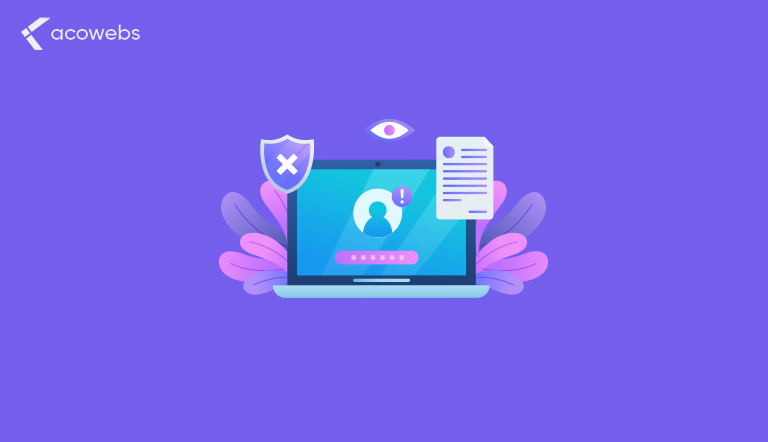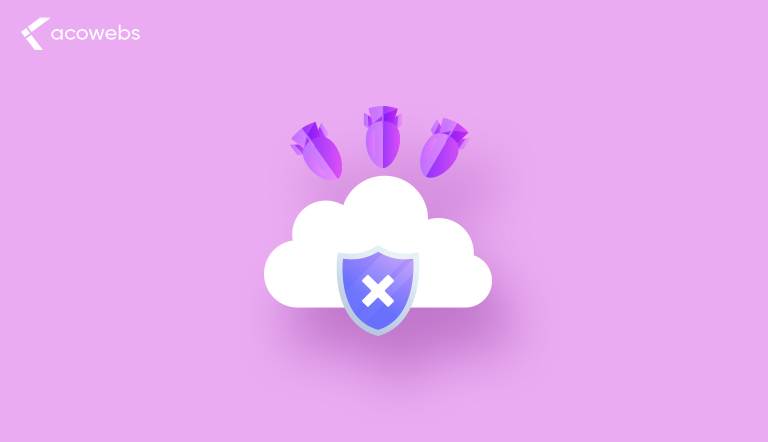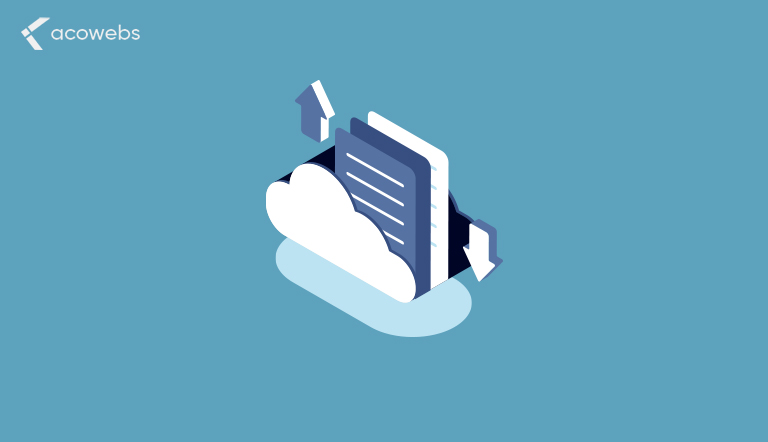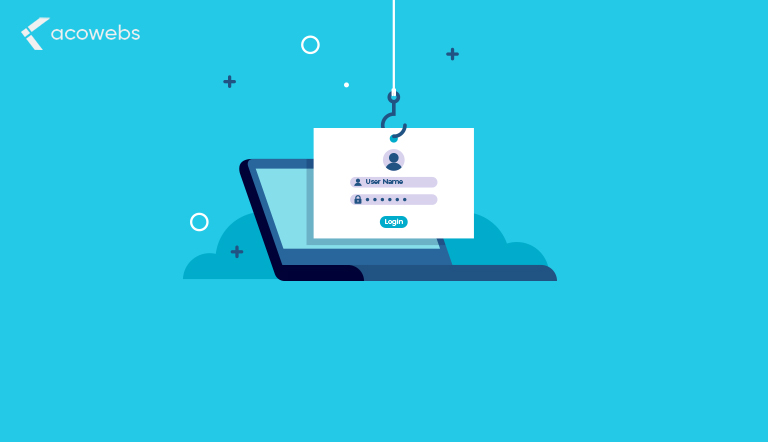Affordable, flexible and well-structured cloud computing remains the best solution for companies all over the world – but it will steal and leave these businesses susceptible to insecurity if they miss adhering to the right precautions. While the adoption of digital transformation by organizations across the globe is on the rise, so is cloud computing which is increasingly evolving, allowing technology enthusiasts to reap big from these innovations.
The benefits of using cloud computing are well-known, substantially appreciated, and well-documented, but one feature is often ignored: security. Since businesses are migrating from the primitive on-premise technology to cloud computing technology, it’s vital to consider security and protection of this information and other assets transferred to the cloud.
This way, the business will be protected against severe disruptions. Today, even with the massive migration to the cloud, the technology continues to experience some security issues like data security, DDoS attacks, employee ignorance, data losses and improper information backups, social engineering and phishing threats, lack of compliance with regulatory agencies, lack of control over IT services, compromised accounts, lack of disaster recovery capabilities, and system vulnerabilities among others.
Data insecurity

“Internet” is simply defined as the interconnection of multiple computers via a network that has been designed to share information globally. But the question that many computer users are having is that are they assured of the security of the information they share on the web? But the correct answer is entirely dependent on the security approaches adopted by the cloud users to secure their data.
In this case study, it’s not even astounding that the security of information comes first among the many issues that hold businesses back from adopting cloud computing solutions. A large population of business owners terms it as a huge red flag for their businesses due to constant data breaches experienced in this platform.
Companies even adopt risk mitigation techniques like data encryption or data tokenization before transferring their information to the cloud.
ALSO READ: How To Clean A WordPress Website That Is Hacked?
Distributed Denial of Service (DDoS) Attacks

DDoS attacks are referred to as malicious attempts to cause disruption in a normally operating traffic in a server or network by swamping the network/server or its nearby architecture with immense web traffic.
These sorts of attacks attain their effectiveness by using several compromised computer networks as attack traffic sources. DDoS attacks are linked with a traffic jam that clogs up on busy roads and prevents the usual traffic from accessing their destinations.
DDoS attacks work by the attacker gaining control of a computer network/server. Here, the computer is infected with a virus converting it into a bot. From this point, the attacker remotely controls a cluster of bots that are collectively referred to as a botnet. After establishing the botnet, the attacker then controls these machines via a remote control channel by transferring instruction (programs) to every individual bot.
DDoS attacks mainly target the layer tasked with the generation of web pages on the computer server with the aim of exhausting resources of the target. With the increasingly emerging IoT devices, smart TVs, smartphones, and different computing infrastructures, the viability of DDoS attacks has increased. By initiating massive traffic in the cloud computing network, it will fail completely or experience some complications.
ALSO READ: 20 Ways To Increase WooCommerce Security
Employee Ignorance
According to a 2019 survey on cybersecurity, 62% of businesses attribute data breaches in their computing systems to malicious or ignorant employees. The survey shows that human error like data loss or devices containing crucial information about the business is among the biggest cyber-security risks that many businesses face.
Employee negligence causes unauthorized access by misusing their credentials. For example, they might sign in to cloud computing solutions using their mobile devices like smartphones, tablets, or home PCs thereby making the entire system susceptible to multiple external threats.
Employees usually economize their time to perform more tasks during their time at work by doing risky operations. While PCs contain highly-sensitive data and can allow unauthorized people to access the network of a particular organization, a good proportion of employees still leave their personal computers unlocked.
Documents containing sensitive information are usually left on the desks and at home and in full view of persons unauthorized to see them. This risk even becomes greater when the employee is working from their homes as remote employees have the highest risk of causing data breaches.
ALSO READ: How Technology Can Help Us Fight Against Pandemics Like COVID-19?
Data losses and improper information backups

Giant internet solutions providers like Google and Salesforce adopt exemplary information backup and recovery technologies. So, why must they backup information that is already available in the cloud and secured by reputable and robust centers? But the truth is once this information is modified, deleted or compromised, whether knowingly, accidentally or by malicious means while in the service provider’s system, it will be very hard to recover it, and this also happens to all the accounts saved in the cloud.
Whereas it is not common for cloud computing solutions to lose data, multiple causes of data outage can be substantiated and occur frequently like User error, malicious destruction, third-party applications, hacking, et al. User Error occurs when someone accidentally deletes, modifies, or corrupts the information.
Malicious destruction of data can involve deletion, modification, and corruption of information and might be externally motivated or internal from a dissatisfied employee. Third-party applications can result in data corruption as a result of software mistakes in third-party apps.
Hackers can interfere with the information of the organization by unlawfully gaining access to their system and modifying, deleting, and/or corrupting the data.
Social Engineering and Phishing Threats

Even with the anti-phishing capabilities becoming more adept at detecting suspicious sources, hackers are exploiting new ways of applying normally benign to disseminate their phishing attacks.
This is helping them hide from detectors and jump blockages installed by filtration systems. Before they are detected and blocked, the attackers have already accomplished their mission and disappeared. Definitely, this’s a game of cat-and-mouse even with security pundits devoting to bringing the most sophisticated phishing attacks down.
The main reason phishing and social engineering attacks are propagated that easily is due to the open nature of the cloud computing system. After obtaining the credentials to a particular website, for instance, the attacker can easily break into the system since the system is available from any point on the earth, and commit malicious operations in the system. Privacy extensions like ublock safari block unwanted content and trackers, reducing exposure to potential phishing attempts and malicious websites, and provide an extra layer of protection for cloud computing environments.
ALSO READ: Cybersecurity In The eCommerce Industry
Non-compliance with regulatory agencies
Some international data compliance laws include Payment Card Industry Data Security Standard (PCI DSS), Health Insurance Portability and Accountability Act (HIPAA), Health Information Technology for Economic and Clinical Health Act (HITECH), Gramm Leach Bliley Act (GLBA), Federal Information Security Management Act (FISMA), Family Educational Rights and Privacy Act (FERPA), European Union (EU) data protection et al.
Companies across the globe whose data is in the cloud are much concerned with the compliance with such regulations. If a security breach resulting in non-compliance is detected, the business stands to pay expensive penalties or lose some business lawsuits.
Lack of control over IT services
Some business owners claim that the fright over the loss of absolute management stops them from transferring their information to cloud-power solutions. Loss of control in cloud computing can be exhibited in several ways.
First, the cloud services decide how and where the information is kept, how frequently data is backed up, the type of encryption to be adopted, the particular people admitted to accessing the information, among other decisions.
Besides all these requirements that show the service provider has full control of the data stored in the cloud, the data owner is held liable for any data mishandling that occurs in the cloud and leaves a significant number of companies hesitant to adopt cloud computing solutions.
ALSO READ: Why WordPress Is The Best Platform To Build Your Business?
Compromised accounts
It has been confirmed that a good number of companies have workers use compromised credentials to perpetrate criminal activities in the DARK WEB. In this case, businesses face the risk of falling short of compliance issues, loss of revenue, or data leaks to the darknet.
ALSO READ: 10 Security Tips To Protect Yourself From Hackers
Lack of disaster recovery capabilities
Suppose the cloud provider suddenly goes out of operation, what will happen to the business as it will certainly lose all the access to its information architecture? It is a rare incident though, but it can occur.
Some businesses will go slow to adopting cloud computing solutions as recovering data from a sunk cloud service and looking for alternative storage for that information is a real tussle.
System vulnerabilities
Vulnerability is defined as a possibility that a particular asset/system/process will not be able to contain or resist the threatening event. Cloud computing integrates several solutions in ingenious ways to offer IT and computing services. Nevertheless, these technologies are characterized by vulnerabilities that are technology-intrinsic or occur during the manifestation of these technologies.
For example, the probability that a hacker might disappear completely after committing a cyber-crime is intrinsic in nature and type of vulnerability. Cloud solutions are characterized by system vulnerabilities, particularly in networks containing sophisticated architectures and several 3rd party platforms.
Once a vulnerability is identified by a third party, they can use it to commit malicious activities against the business. This threat can be fought through proper patching and protocol upgrading.
ALSO READ: Impact Of Cybersecurity On SEO Performance
Conclusion
Whereas digital transformation is provoking businesses to adopt cloud computing solutions, companies should not hurry into transferring their data to the cloud until sturdy security measures are put in place. Whether these security measures are conducted by internal or outsourced security experts, they will minimize cyber-threats and build confidence in people to deploy cloud services in their businesses.
We, at Acowebs, leverage the power of React in our WordPress and WooCommerce plugins so as to attain a top-notch performance. All our plugins are designed for giving equally seamless performance experience to these. Our plugins, WooCommerce dynamic pricing which is for applying bulk discounts quickly and WooCommerce checkout field editor which helps the website admins to customize the checkout form fields and WooCommerce product options which is basically to help the website admins to add extra product options or custom fields in the WooCommerce product detail page (The free version of this plugin WooCommerce product addons is available in WordPress plugin directory).












 Login
Login
 Cart
Cart







